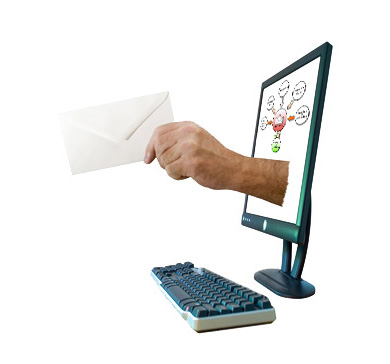New research by Trustwave reveals that 26 per cent of spam is infected with malware. As a result spam filters are getting increasingly strict meaning that the potential for legitimate marketing emails not reaching the intended inbox is getting higher. Currently it is estimated that close to half (43.5 per cent) of email traffic is sent to spam and this is problematic for brands wanting to communicate with their customers, particular since research shows that over two thirds of people NEVER check their spam files!
Consequently, email hygiene is becoming more important as a way for marketers to improve their chances of not only making it into the coveted inbox, but of having their emails opened, read and acted upon – thus improving bounce rates, open rates click-throughs and ultimately conversion rates.
By cleaning your email data your sender reputation is enhanced and the potential of being marked as spam is decreased.
There are two ways that mail can be marked as spam. The first is that an individual recipient can manually flag your email as spam, or an email provider can classify your email as spam and send it straight to the spam folder.
If an email provider receives a spam complaint from a recipient all your future emails will automatically be sent to the spam folder. If they receive multiple complaints from recipients your email address will likely be blacklisted.
An email provider might classify your email as spam for a number of reasons, but it is ultimately tied to your reputation.
The most damaging are ‘hard bounces’. These are the number of emails that are undelivered because the domain name doesn’t exist or because the address itself is not recognized. The days of being able to blast out thousands of emails and hope for the best are long gone. Doing this will ultimately result in a high hard bounce rate, impacting your reputation and potentially meaning that future campaigns are put in jeopardy.
To avoid hard bounces marketers should validate email data in real time at the point of entry, remove all invalid or inactive email addresses and screen existing email data for errors; supressing all of those that cannot be corrected. Our award winning email solutions means that all of this can be achieved quickly and cost effectively. We don’t just check the format of the address i.e. making sure that there is an @ sign and letters either side, we check that the address is live and genuine and that an email can be delivered.
Email hygiene is no longer viewed as a nice to have, but a must have. However, one of the most frequently asked questions we receive concerns the frequency of cleansing. The DMA and best practice recommends that email data should be refreshed on a monthly basis, or at the least on a campaign by campaign basis.
However, sure-fire indicators that your email data needs cleansing are:
1. Email open rates are dropping
2. Click-throughs are low or dropping
3. Bounce rates are increasing
4. Unsubscribe requests are increasing
5. Spam complaints are rising




